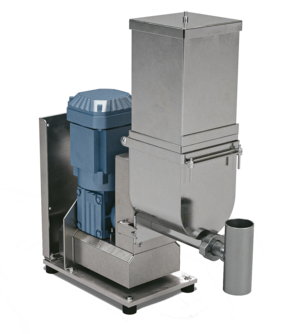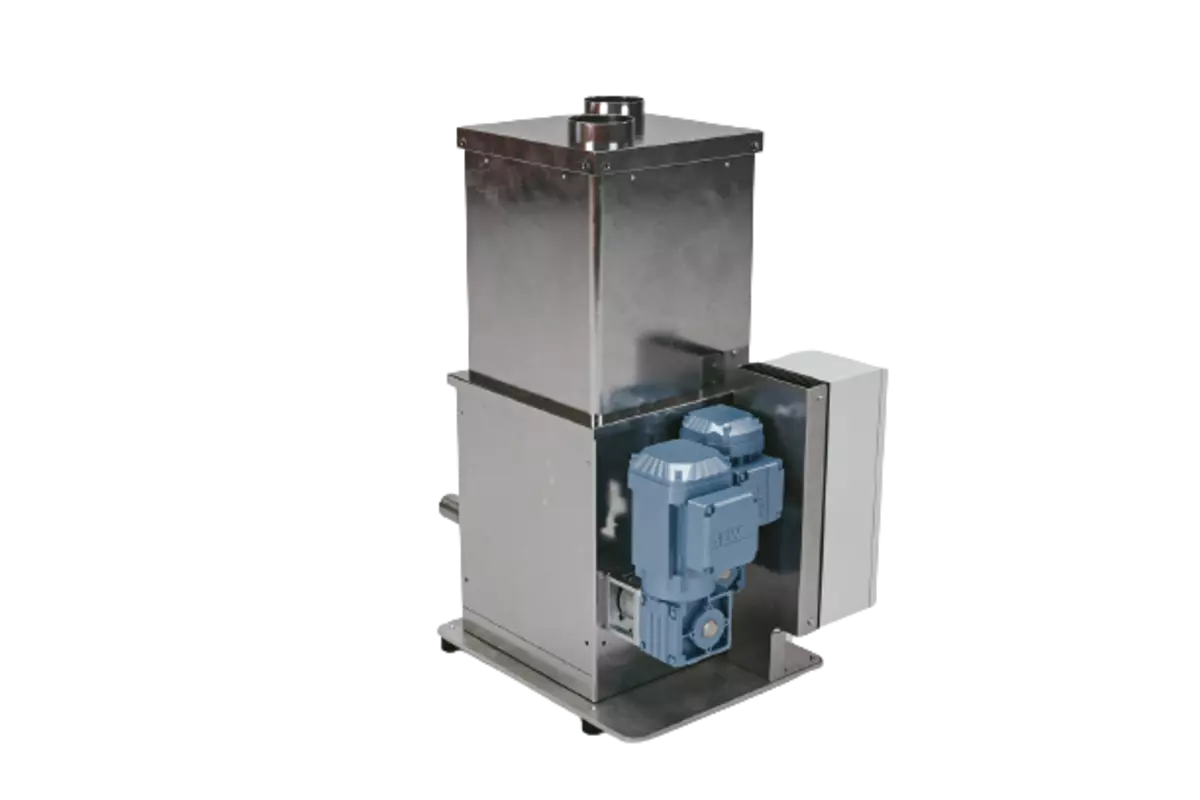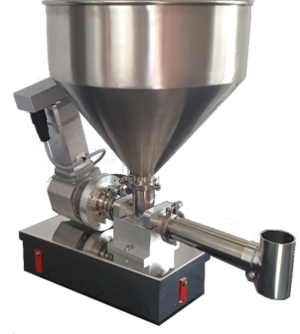A loss-in-weight feeder is a specialized measuring device used in industry to dose and weigh materials with high precision. This type of scale is commonly used in industries such as food processing, pharmaceuticals, chemicals and other areas where accurate weight measurements are critical to production.
The principle of the loss-in-weight feeder is based on the continuous weight measurement of the material to be dosed during the production process. In contrast to conventional scales, which measure a static weight, a loss-in-weight feeder is designed to measure and regulate the weight of a continuous flow of material.
A key feature of the loss-in-weight feeder is its ability to take very accurate measurements. This is achieved by using high-precision sensors that can detect even the smallest changes in weight. This accuracy is particularly important in processes where compliance with precise recipes or formulations is required.
Another important aspect of the loss-in-weight feeder is its ability to integrate into automated systems. Many of these scales can be connected to control systems that automatically adjust the material flow based on the measured weights.
This enables very efficient and precise control of the dosing process.
In summary, a loss-in-weight feeder is a high-precision instrument used in various industries for the accurate dosing and weight measurement of materials. Its ability to measure and control continuous material flows makes it an indispensable tool in many modern manufacturing processes.
Your contact
Björn Demmer
Shareholder - General manager
PHONE: +49 2247 918 90
E-MAIL: bdemmer(at)demic-datentechnik.de
Heinz Demmer
Shareholder - General manager
PHONE: +49 2247 918 90
E-MAIL: hdemmer(at)demic-datentechnik.de



